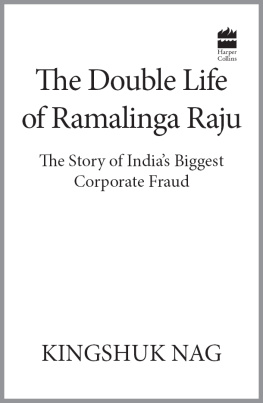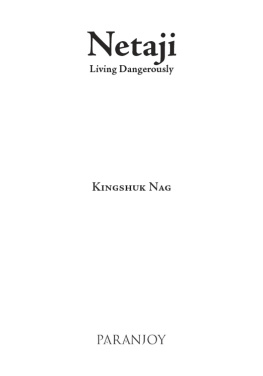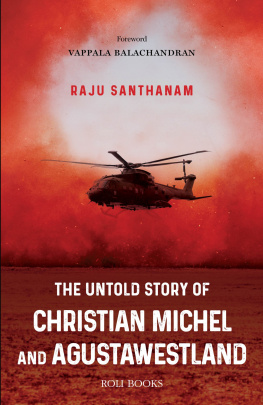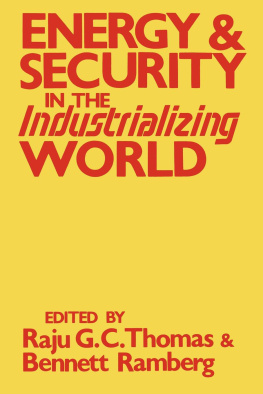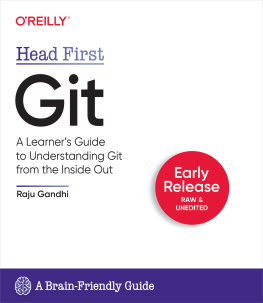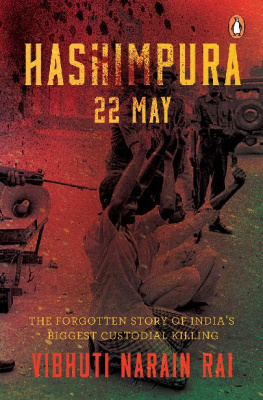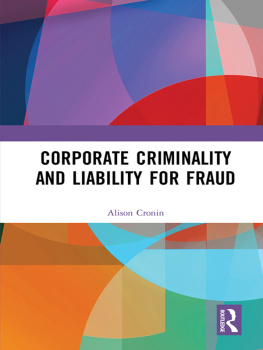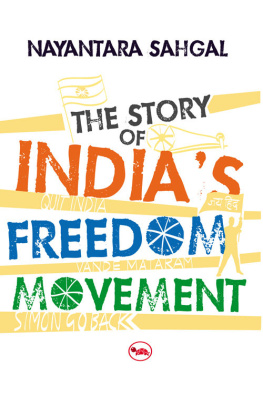Kingshuk Nag - The Double Life of Ramalinga Raju: The Story of Indias Biggest Corporate Fraud
Here you can read online Kingshuk Nag - The Double Life of Ramalinga Raju: The Story of Indias Biggest Corporate Fraud full text of the book (entire story) in english for free. Download pdf and epub, get meaning, cover and reviews about this ebook. year: 2012, publisher: HarperCollins Publishers India, genre: Detective and thriller. Description of the work, (preface) as well as reviews are available. Best literature library LitArk.com created for fans of good reading and offers a wide selection of genres:
Romance novel
Science fiction
Adventure
Detective
Science
History
Home and family
Prose
Art
Politics
Computer
Non-fiction
Religion
Business
Children
Humor
Choose a favorite category and find really read worthwhile books. Enjoy immersion in the world of imagination, feel the emotions of the characters or learn something new for yourself, make an fascinating discovery.
- Book:The Double Life of Ramalinga Raju: The Story of Indias Biggest Corporate Fraud
- Author:
- Publisher:HarperCollins Publishers India
- Genre:
- Year:2012
- Rating:5 / 5
- Favourites:Add to favourites
- Your mark:
- 100
- 1
- 2
- 3
- 4
- 5
The Double Life of Ramalinga Raju: The Story of Indias Biggest Corporate Fraud: summary, description and annotation
We offer to read an annotation, description, summary or preface (depends on what the author of the book "The Double Life of Ramalinga Raju: The Story of Indias Biggest Corporate Fraud" wrote himself). If you haven't found the necessary information about the book — write in the comments, we will try to find it.
The Double Life of Ramalinga Raju: The Story of Indias Biggest Corporate Fraud — read online for free the complete book (whole text) full work
Below is the text of the book, divided by pages. System saving the place of the last page read, allows you to conveniently read the book "The Double Life of Ramalinga Raju: The Story of Indias Biggest Corporate Fraud" online for free, without having to search again every time where you left off. Put a bookmark, and you can go to the page where you finished reading at any time.
Font size:
Interval:
Bookmark:

The Double Life of Ramalinga Raju
THE STORY OF INDIAS BIGGEST
CORPORATE FRAUD
REVISED AND UPDATED
KINGSHUK NAG

For the thousands of investors who lost their
fortunes in Indias biggest financial fraud
Contents
W ith scams like 2G (estimated to be to the tune of Rs 176,000 crore) breaking out, the Satyam scandal (at best it could amount to Rs 13,000 crore) now appears to be chicken feed. Raju had shocked the nation with his confession but the Rajas and Kanimozhis have now displaced him from public memory. Little wonder then that Raju does not interest the media so much anymore; when he is brought to court for his trial every day, there are no waiting news photographers or correspondents.
It is due to this lack of public interest that one major development an assiduous attempt by Rajus lawyers to prove that he did not even write his confession letter has not got the kind of attention it deserved. But whatever be the level of public interest, one thing is clear: the Raju saga is far from over. There could be more turns and twists in store, and it is possible that Raju might come up with a new confession. It is speculated that this could well throw light on a political angle to the Satyam scam. A political link to the scandal has been spoken of in hushed tones ever since Raju confessed but no one has spelt out the details.
But even though Raju is tightlipped, more details about the scam continue to surface. There are details about excess payments taken by the then directors of Satyam, and how they are now refusing to return back this money that they pocketed. A total of nine persons, including Raju, are now standing trial in the case, but investigators say that many more Satyam employees had knowledge of wrongdoings in the company. Strictly speaking, all of them should have been prosecuted. But the investigating agencies have taken a pragmatic view and let them off, otherwise there would have been no end to the number of people who would have had to stand trial.
There is no time frame as to when investigations in the case will be completed. Satyams footprint extended to dozens of foreign countries. To get details of his shady deals from each country is not an easy task because Indian investigators do not have a free hand overseas.
Disturbingly, the investigating agencies the CBI and the Enforcement Directorate have not exactly worked in tandem, and a raging dispute between the two on whether the ED can file a chargesheet while the case is being heard by the CBI has invited the Centres intervention the ED will now have to wait for the CBI case to conclude before filing its chargesheet. The conflict has hindered the process of bringing Raju to justice. This becomes amply clear when we compare this with the progress of cases against Bernard Madoff, whose giant $65 billion US stock market fraud became public around the same time as Rajus in the beginning of 2009. The trial against Madoff began in March 2009 and by the end of June 2009, the American scamster was sentenced to 150 years of imprisonment. In contrast, in Rajus case, even when he is sentenced, it will not be for more than seven years. This is because the senior civil judge in whose court the case is being fought has powers to sentence an accused only up to seven years!
The only silver lining in the Satyam case is that the company is back on its feet once again. Now rebranded as Mahindra Satyam, it is still in the red but its flag is flying high. Nothing demonstrated this more strikingly than the football World Cup held in June-July 2010 in South Africa. The only Indian presence in the tournament was that of Satyam, which earned kudos for managing the entire show, including handling ticket sales, running call centres in six languages and fixing the logistics of each match. For Satyam, as Aamir Khan said in 3 Idiots , Aall is Well. at least for now.
This revised edition, with a new epilogue, brings the Raju saga up to date.
1 June 2011
Kingshuk Nag
I n 1996, on a trip to Washington, I asked the chairman of the India Interest Group and senior executive at GE, Michael Gadbaw, what his take on liberalization in India was. His words still ring in my ears: India is an ancient country, a great country Its a tiger waiting to be uncagedan elephant ready to move But why is it perpetually standing on the edge of greatness, why does this greatness never come?
I think I have part of the answer now. This greatness never comes because of people like Ramalinga Raju, who subvert the march to progress and set the country back.
Although India has been a mixed economy since the beginning of the second five-year plan in 1956, the private sector really came into its own after the reforms process was initiated in 1991. These policies allowed entrepreneurs such as Azim Premji, N.R. Narayana Murthy and Sunil Mittal to unleash their creative zeal and build businesses that made the country proud. Ramalinga Raju also falls in this category of businessmen who made good their fortune post-1991.
Rajus story is remarkable in that he was a first-generation entrepreneur who started from scratch and built a $2-billion empire that cut across technology, realty and infrastructure sectors. And all this in a matter of a little over two decades, before he turned fifty-four. Little wonder then that Raju became an icon in his home town of Hyderabad, and a household name across India.
Somewhere down the line, as Raju was building his empire, his ambition got the better of him. He seemed to have lost his sense of right and wrong and his sense of balance, and began to think that the ends justified the means. Even after attending Harvard Business School, he did not foresee that he could not possibly go undetected forever for cooking up his balance sheets to the tune of thousands of crores of rupees.
Rajus story is also illustrative in the sense that it displays how a person exposed to the modern world could be propelled by feudal factors and carried away by tribal instincts. Raju lusted for land as if that was the only productive asset he had. For him the whole world revolved around his own immediate family and the Raju community.
The saga of Raju also exposes the close link between politics and business. Ramalinga Raju could not have become what he did without support first from Chandrababu Naidu (who put him on the dais with visiting US President Bill Clinton much to the chagrin of leading businessmen such as Rahul Bajaj) and then from Naidus successor, the late Rajasekhara Reddy, whose government awarded him the metro rail project in Hyderabad. Raju was also smart enough to obtain the patronage of the former president of India, A.P.J. Abdul Kalam, whom he inducted on the board of his Emergency Medical Research Institute (EMRI).
The fact that Raju could carry on fudging the accounts of publicly listed company undetected for eight years reflects very poorly on corporate governance in the country. It raises questions about whether the independent directors on the boards of listed companies are merely sleeping directors content to collect their fees and perks. It brings up issues about auditors who vet the books of accounts of companies. How rigorously do they do their job? Are they truly above board? One also wonders about the effectiveness of our watchdog bodies.
Rajus crime he allegedly siphoned off Satyams money to finance his land deals and created fictitious revenues and profits in the companys books has compromised the position of Indian corporates in a way that nobody has done before. Indian companies seeking to raise money from foreign bourses and willing to do business abroad will now find it a wee bit more difficult. Indian investors in India will also be a little more wary of putting their money in shares.
Next pageFont size:
Interval:
Bookmark:
Similar books «The Double Life of Ramalinga Raju: The Story of Indias Biggest Corporate Fraud»
Look at similar books to The Double Life of Ramalinga Raju: The Story of Indias Biggest Corporate Fraud. We have selected literature similar in name and meaning in the hope of providing readers with more options to find new, interesting, not yet read works.
Discussion, reviews of the book The Double Life of Ramalinga Raju: The Story of Indias Biggest Corporate Fraud and just readers' own opinions. Leave your comments, write what you think about the work, its meaning or the main characters. Specify what exactly you liked and what you didn't like, and why you think so.

